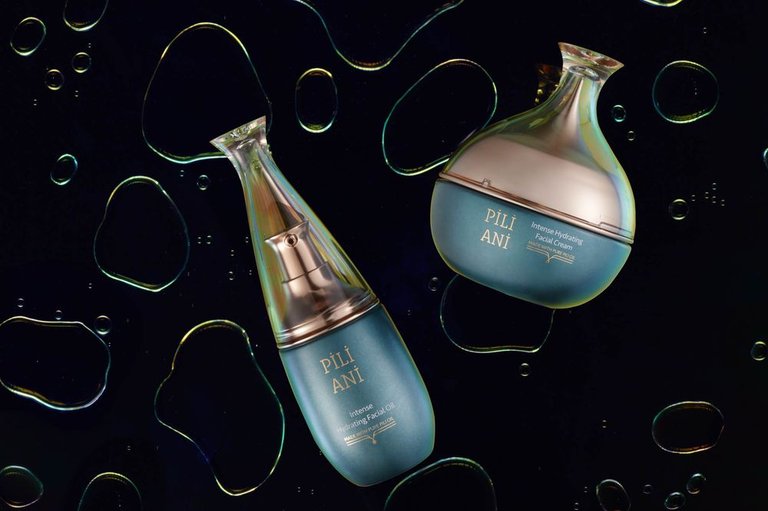
The Characteristics
The key to Pili Ani’s skin-care line is the nutritionally rich pili nut, which grows wild on trees in the Philippines. Most commonly eaten as a sweet, high-protein snack, the nuts also provide a natural source of antioxidants and linolenic acid, which is said to have anti-inflammatory and moisture-retentive properties when applied to the skin. Pili Ani’s Intense Hydrating facial cream and facial oil both feature high concentrations of pili oil; used in tandem, the skin-softening and anti-aging treatments make a luxurious, functional addition to your regimen.
The Competition
At $110 for the lotion (1.76 ounces) and $125 for the oil (1.35 fl oz.), the Pili Ani system costs about the same as other high-end serum and moisturizer duos. Japanese brand SK-II sells slightly larger bottles of its R.N.A. Power face cream (2.8 oz.) and facial treatment essence (2.5 fl oz.) to a cultlike following for $230 and $99, respectively. But these products are for skin-care junkies—an average user might not notice the difference between them and, say, an $18 tub of L’Oréal Revitalift and the $23 RoC Retinol Correxion deep-wrinkle serum available at most drugstores.
The Case
The vitamin retinol remains the one magic wrinkle eraser dermatologists agree on, but you can’t get the high-concentration stuff without a prescription. Ingredients such as pili oil or SK-II’s Pitera (a fermented fluid rich in amino acids) are effective, naturally sourced alternatives. After two months of testing, Pili Ani smoothed out fine creases, and the viscous oil lent skin that sought-after dewy look. What’s more, harvesting the nuts brings much-needed sustainable jobs to the Philippines. And who doesn’t want to do good while looking good? From $110
Hi! I am a robot. I just upvoted you! I found similar content that readers might be interested in:
https://www.bloomberg.com/news/articles/2018-02-14/pili-nut-oil-from-the-philippines-is-new-secret-to-beautiful-skin